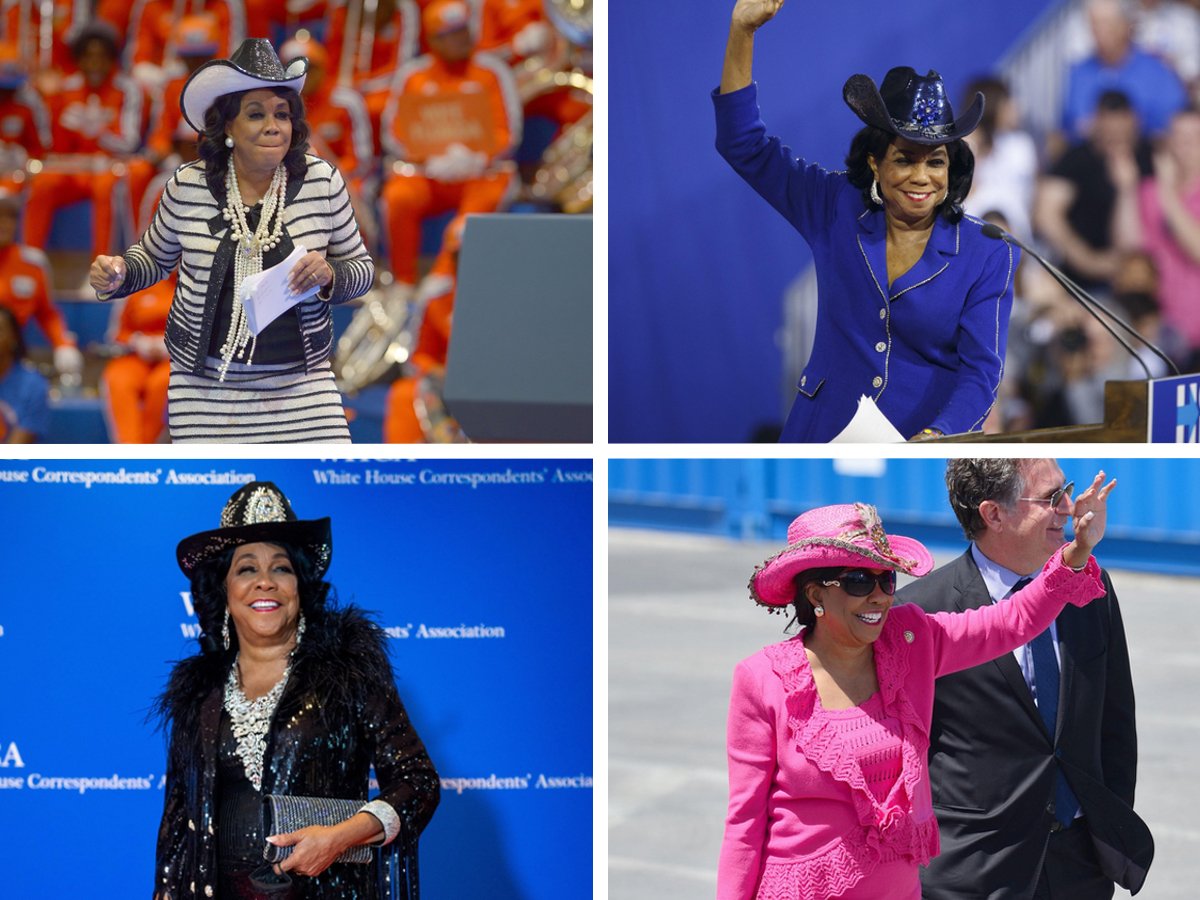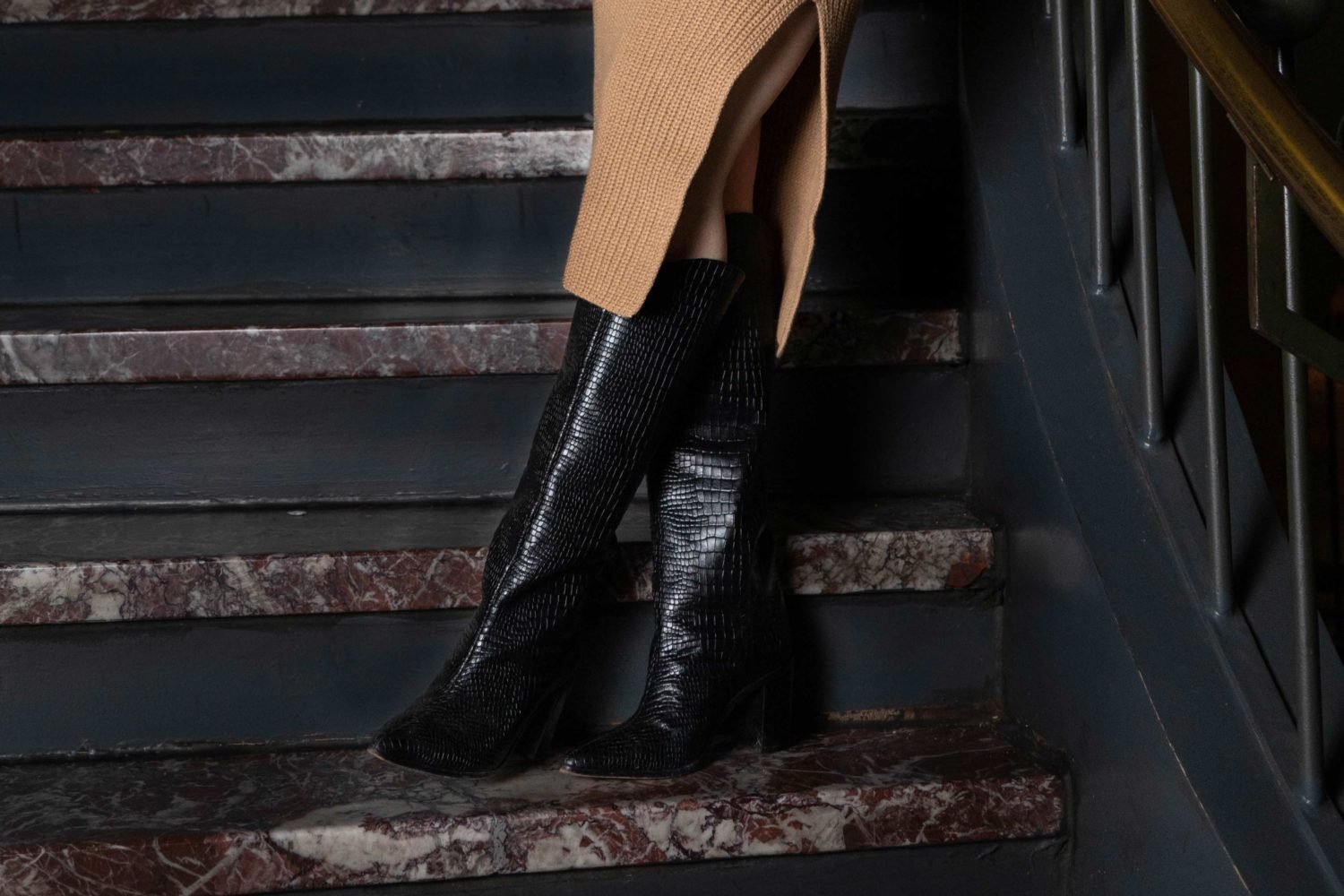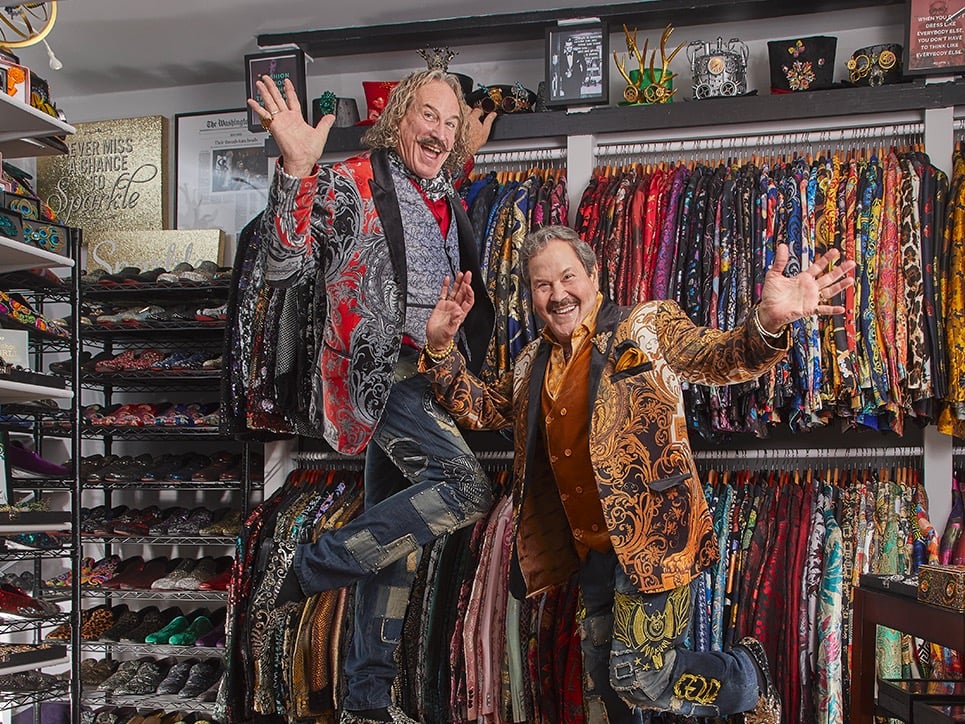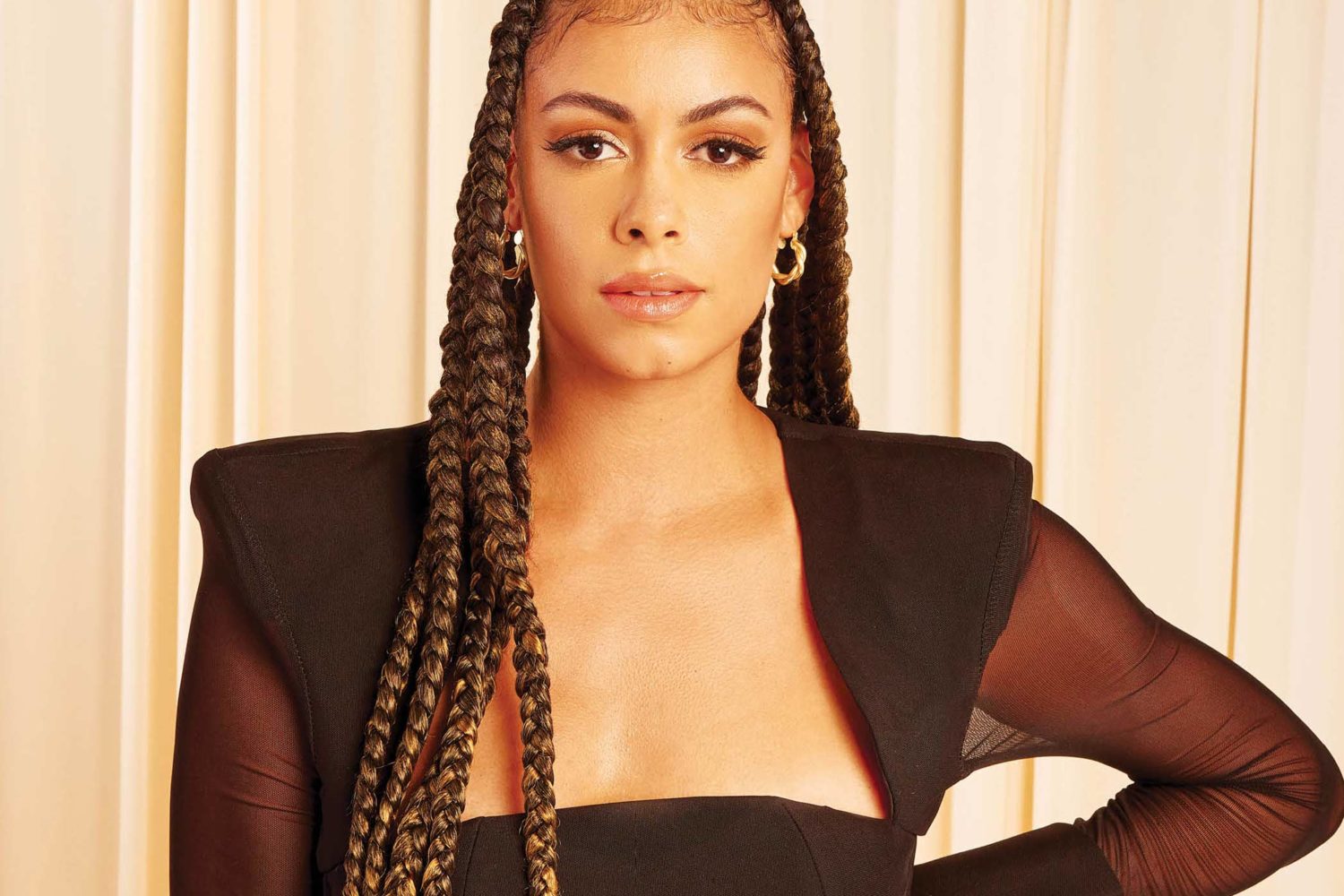Diamonds, they say, are a girl’s best friend. But in Washington, not just any rock will do.
Bethesda appraiser Thomas Terpilak says that the engagement rings he sees now average 11⁄2 carats or more. “Gentlemen are spending $10,000 or more,” he says, noting that his clients live mostly in Bethesda, Chevy Chase, and Northwest DC.
Martin Fuller, an appraiser in McLean, says his clients spend $5,000 to $10,000 on engagement rings that average one to 1½ carats. Even that’s more than in the rest of the country: The average price of a diamond engagement ring in the United States last year was $3,210, according to the Diamond Information Center.
“The Washington area is not LA, where you need over two carats as a status symbol,” says Anthony Taitz, president of Protea Diamonds in Arlington. “But the size has gone up in recent years.”
Thanks to the area’s strong economy, what used to be considered a large diamond is more common. “We have a reputation of being a very conservative town, and I think that’s changing,” says Matthew Rosenheim, president of the Tiny Jewel Box in downtown DC. “There are new standards in terms of what’s showy and what’s appropriate to wear during the day.”
Rosenheim says that people who used to buy one-carat rings now ask for two carats or more. “The old two-carat buyers are now buying three to five carats,” he says.
In the late August and early September—not a big jewelry-selling time—Rosenheim sold a five-carat stone for $100,000 and a 7½-carat diamond for a quarter of a million.
Terpilak recently appraised a six-carat engagement ring as well as a light-yellow, radiant-cut stone more than seven carats in size that cost more than $70,000 wholesale.
Fuller also has seen some rare stones, including a red-diamond ring worth about $2 million. The three-stone ring’s total weight was less than 1½ carats.
Diane Brown, Tiffany’s Washington-market vice president, says she still sees a lot of buyers who choose one-carat diamonds but who are willing to spend more for a higher-quality stone or design.
In Washington, round brilliant cuts are still the most popular shape. Princess cut—a sparkling cut, square stone—is a close second, says Terpilak. Square emerald cuts, also called Asscher cut, and cushion-cut diamonds are gaining popularity.
The quality of a diamond is determined by its four C’s—color, cut, clarity, and carat weight. Diamond buyers should ask for lab reports, usually from the Gemological Institute of America or the American Gem Society; these reports verify the stone’s color, clarity, and weight and quantify the quality of the cut.
“Now people are really focusing on perfection in cut,” says Fuller. “Dealers are getting better-cut diamonds.”
In addition to requesting certification, Taitz recommends checking the laser-inscripted serial number on the side of the stone to ensure that it corresponds with the report. Or potential buyers could take the diamond to an independent appraiser; Taitz says that good jewelers won’t have a problem with this. By law, synthetic diamonds—those produced in a lab—must be disclosed as such. “Our business is based on trust, but you also have to verify,” says Taitz.
According to Terpilak, women are doing diamond research for engagement rings as much as men are: “It’s about 50–50.” He’s seeing more concern about “blood-free” diamonds—those mined in a conflict-free zone. Tiny Jewel Box requires that suppliers adhere to the Kimberley Process, a certification ensuring that diamonds come from conflict-free sources.
Some engagement-ring buyers look beyond diamonds. “The second-most classic stone we sell for engagement rings is sapphire,” says Rosenheim, who also sees interest in antique rings. “But it’s diamonds ten to one.”
Once a stone has been selected, the setting and band can cost anywhere from a couple of hundred dollars to several thousand. “In the past seven to ten years, everything has been white metals,” says Terpilak. Although yellow gold is making a comeback, engagement-ring buyers still are avoiding it; white gold and platinum are the most popular.


















